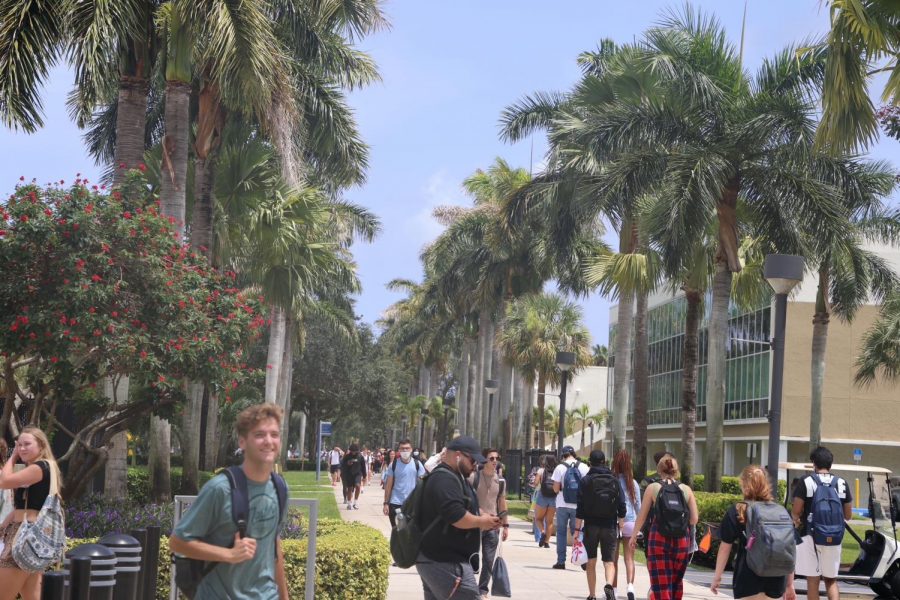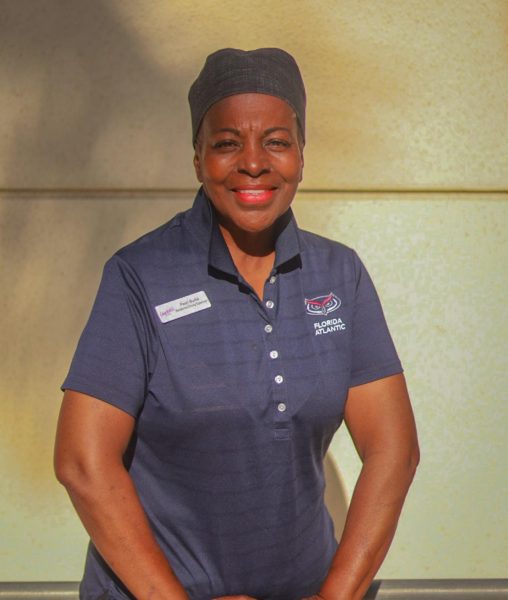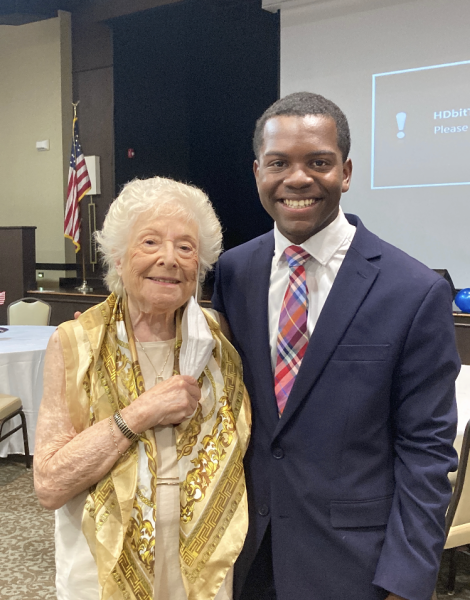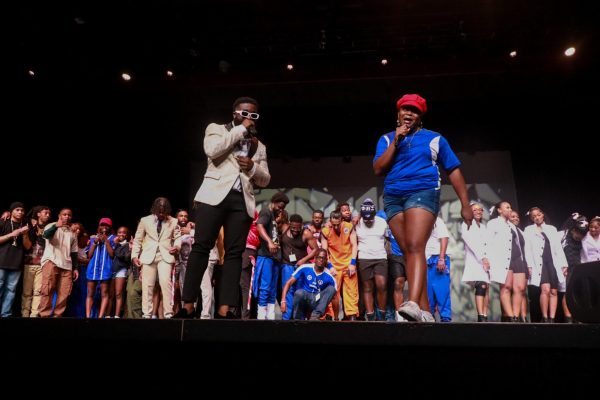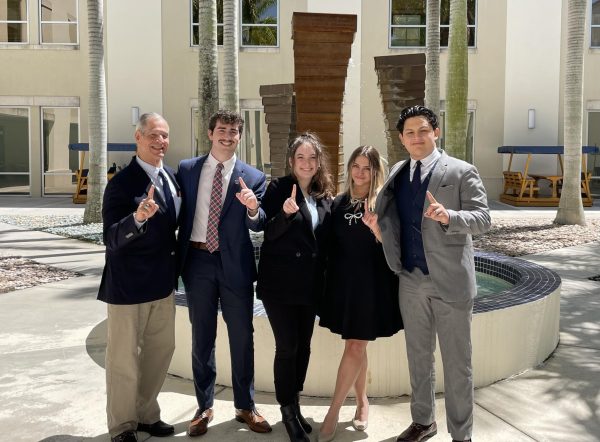Students say faculty needs to be more diverse to represent student body
Nearly 71% of instructors are white, according to the university’s latest Diversity Data Report.
December 6, 2021
The university frequently touts and celebrates its diverse student body, but the diverse student body does not extend to the professors and instructors inside the classroom.
According to the university’s Diversity Data Report for the 2019-20 academic year, which was released in February 2021, 6.9% of instructors are Black and 7.6% of instructors are Hispanic. Data was not available for the 2021 year.
The numbers are higher among adjunct faculty, who are hired on a contract basis and are usually part-time employees; 13.6% of adjuncts are Black and 14.8% are Hispanic.
From the same diversity report in the 2019-20 year, FAU reported that 19.8% of its students were Black and that 26.5% of its students were Hispanic.
University President John Kelly spoke last year about making diversity a priority in hiring faculty.
“I think it’s also important to note that while there’s not the same match of diversity in the faculty that there is in the student body, the training that we give to faculty so that they are more inclusive and thinking more inclusively is an ongoing part of their professional development,” Kelly said to the UP in a July 2020 interview.
The school has made some gains in recent years — the percentage of Black and Hispanic instructors and adjuncts are all higher than they were five years ago; numbers for Asian faculty are not available in the report. Still, 70.9% of faculty are white, according to the aforementioned data. In the 2015-16 academic year, 72.3% of instructional faculty was white, and 76.5% of adjunct faculty was white.
The UP reached out to over 10 professors, and two workers in the Diversity, Equity, and Inclusion Center on campus. All declined interview requests or did not respond.
Rotchild Francois Jr., a junior multimedia journalism student, said he cannot name any two Black professors that he’s had in his time at the university.
“I don’t actually know any off of the top of my head, which is probably a problem,” Francois Jr. said.
Francois Jr. is Haitian-American but spent time growing up in Haiti, and it is comforting for him to have teachers and advisers that can understand his culture.
“I think it’s [faculty diversity] very important because faculty makes a lot of decisions that impact the students. So ideally, you would want those decisions to be made by people who can relate to the students,” Francois Jr. said. “If you’re a part of a [minority] community and you have someone making those decisions for you, it can relate to you in a very specific way. People need representation.”
To Francois Jr., representation can change a student’s entire outlook.
“You don’t want every single staff member that you’re interacting with to not look like you,” he said. “When you see a professor, for example, that’s really successful in journalism, and you know, maybe that person is Haitian. If I had a professor like that I’d be like, ‘wow, that could be me one day.’”
Francois Jr. has not had any overtly negative experiences with faculty, but the thought of them being implicitly or explicitly biased does concern him.
“You wonder, does it [my heritage] affect my grading? And does it affect what they [professors] think about my assignments? At a certain point, you have to trust that they’re a professor and they know what they’re doing, but biases are definitely still there,” Francois Jr. said.
Francois Jr.’s point about racial biases affecting grades is a salient one. A recent study from Brown University researchers showed that K-12 students of color in New York City were more likely to face discipline if their teacher didn’t match their ethnic background.
Noadia Lindor, a sophomore studying social work, echoed many of the concerns that Francois Jr. had. Lindor is also Haitian-American.
“It’s important to have faculty that looks like me because it makes material easier to digest,” Lindor said. “It helps if the teacher is a minority like me or a POC [person of color], they have a little more cultural competence and they’re more sensitive to topics, whereas our white counterpart teachers are not really as sensitive because they don’t know.”
Lindor has had more minority and women professors than Francois Jr. She said that her experience with the general education classes has been good and that she’s had a diverse faculty teaching those courses.
“I’ve had a Black male teacher, plenty of women teachers. I feel like so far for the faculty I’ve had, they’re pretty diverse,” Lindor said. “Seeing faculty that look like me, it’s easier to go on about my day and feel like, you know, I don’t have to be on guard.”
Lindor brought up Counseling and Psychological Services (CAPS) as an example of the university pouring more energy into employees that better match the diversity of the student body.
“They’re very diverse,” Lindor said on CAPS. “I think they’ve worked really hard in recent years to have more staff that look like the student body.”
Lindor thinks it’s important for students of color to make their voices heard if they feel the faculty does not represent them. She pointed to the changes at CAPS as an example.
“I feel like the more we complain about it to FAU, the more changes. Obviously, a bunch of people complained about CAPS not having people that look like them and look where they are now,” Lindor said. “If you were to go on the [website] and click on ‘meet us,’ there’s a lot more POC now than there was maybe two years ago. I feel like if we bring more attention to it and make more of a fuss about it, then we’ll get more representation in the right places.”
Elianny Garcia is the director of public relations for SOMOS, an FAU student group focused on enriching the academic experiences of Hispanic students on campus. Garcia is a junior majoring in management information systems.
Garcia said representation amongst faculty matters because “it allows us to sprout more opportunities for the university as a whole. When faculty can come together to speak upon certain issues and have to make decisions for the students, we need perspective and inclusivity.”
Michael Gennaro is a staff writer and social media manager for the University Press. For information regarding this or other stories, email [email protected] or message him on Twitter or Instagram @mycoolgennaro

